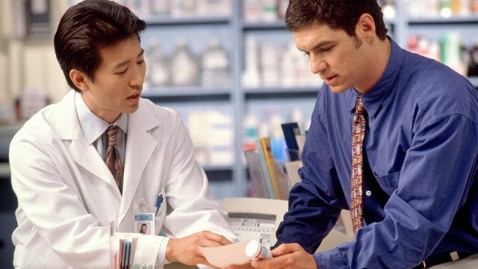Over
a year ago, I wrote Is Counseling Necessary to Cope with a Crisis?. I wrote this out of frustration as I was watching a “mental health” response
in my state regarding Irene, which seems to be more about people making money
versus anything that I’ve read in the literature as far as effectiveness. In addition, I was friends with several people dealing with significant
loss and couldn’t help but notice the number of people whose first reaction was
to tell them to see a therapist. Not only didn’t that advice appear to be
helpful, but it seemed to make them doubt their own ability to heal.
People
with chronic conditions are more likely to suffer from depression. Whether they
are depressed because of their health or they develop a chronic condition
because of their depression is unknown. What is clear is that there are
effective treatments for depression, but whether someone receives them is
another matter.
According
to an article in this week’s New York Times “Looking for Evidence that Therapy Works,” Over the last 30 years, treatments like cognitive-behavioral therapy,
dialectical behavior therapy and family-based treatment have been shown
effective for ailments ranging from anxiety and depression to post-traumatic stress disorder and eating disorders.
The
trouble is, surprisingly few patients actually get these kinds of
evidence-based treatments once they land on the couch — especially not
cognitive behavioral therapy. In 2009, a meta-analysis conducted by leading
mental-health researchers found that psychiatric
patients in the United States and Britain rarely receive C.B.T.,
despite numerous trials demonstrating its effectiveness in treating common
disorders. One survey of nearly 2,300 psychologists in the United States found
that 69 percent used C.B.T. only part time or in combination with other
therapies to treat depression and anxiety.
If
depression or another mental health issue affects you or the person you are
caring for, take a few minutes to read the New York Time's article and consider their
recommendations for questions to ask a prospective therapist-or a current one
for that matter. These are the same type of questions we’d be asking someone
treating us for a medical issue. Keep in mind that you may have to shop around
to find someone that is a good fit for you.
• What
kind of trainings have you done, and with whom?
• What
professional associations do you belong to? (If you’re looking for a Cognitive
Behavioral Therapist (CBT), for instance, ask whether the therapist belongs to
the Association
for Behavioral and Cognitive Therapies, where most top C.B.T.
researchers are members.)
• What
do you do to keep up on the research for treating my condition?
• How
do you know that what you do in treatment works?
• Do
you consider yourself and your approach eclectic? (Therapists who subscribe to
an eclectic approach are less likely to adhere to evidence-based treatments.)
• What
manuals do you use?
• What data can you show me about your own outcomes?
















